Results
-
 £42.50
£42.50The Way We Were - Alan Bergman
Written for the 1973 movie of the same name starring Barbra Streisand and Robert Redford, this iconic ballad went on to win an Oscar for Best Original Song and to become a popular standard recorded by countless artists. Nicelyarranged for the concert stage. Dur: 2:40
Estimated dispatch 7-14 working days
-
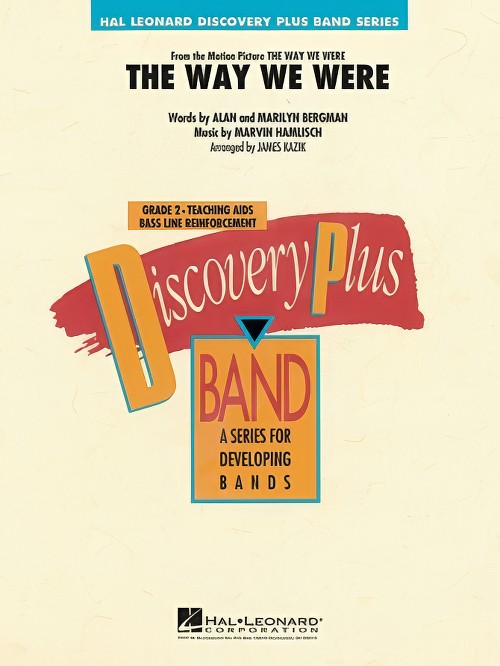 £42.50
£42.50The Way We Were (Concert Band - Score and Parts) - Kazik, James
Written for the 1973 movie of the same name starring Barbra Streisand and Robert Redford, this iconic ballad went on to win an Oscar for Best Original Song and to become a popular standard recorded by countless artists. Nicely arranged for the concert stage.Duration: 2:40.
Estimated dispatch 7-14 working days
-
£49.60
THE WAY WE WERE - Hamlisch Marvin - Barry Darrol
Estimated dispatch 7-14 working days
-
£24.60
THE WAY WE WERE (Partitur/Score) - Hamlisch Marvin - Barry Darrol
Estimated dispatch 7-14 working days
-
 £60.99
£60.99A Tribute to Marvin Hamlisch - Marvin Hamlisch
The musical world celebrates the multi-faceted life achievements of Marvin Hamlisch as composer for stage and film, conductor, arranger, and entertainer. This well-paced tribute features some of his best-known works. Includes:They're Playing My Song, What I Did For Love, The Entertainer, The Way We Were, and One.
Estimated dispatch 7-14 working days
-
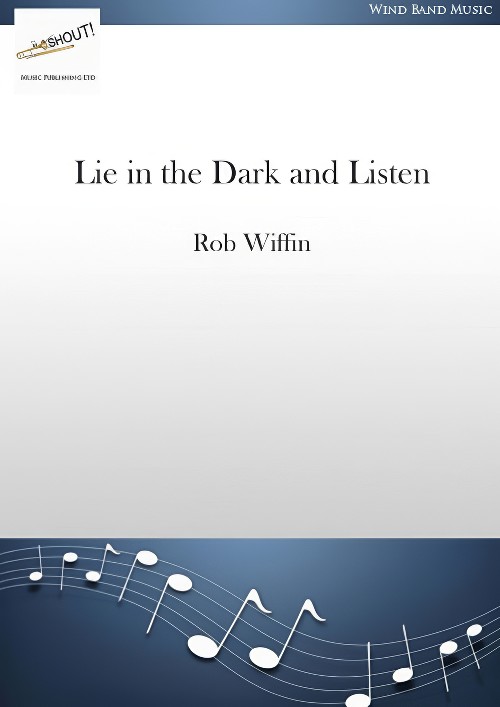 £36.95
£36.95Lie in the Dark and Listen (Concert Band - Score and Parts) - Wiffin, Rob
This piece was originally used on the RAF Massed Bands Concert Tour in 2002 when we were commemorating the role of RAF Bomber Command in World War II. It comprises the central theme of the fanfare ?€Shining Sword?€ which was commissioned for the same commemoration. In the concerts this music was played underneath a recitation of the Noel Coward poem ?€Lie in the dark and listen?€ which he composed at night while listening to the sounds of RAF bombers flying overhead on their way to Cologne.Duration: 3.35
Estimated dispatch 7-14 working days
-
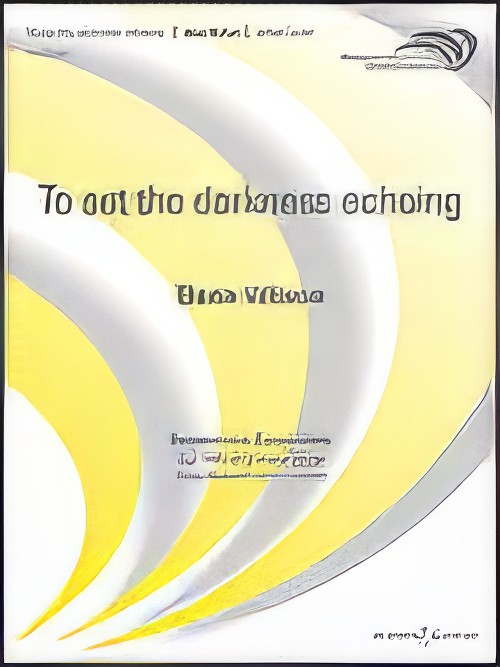 £115.00
£115.00To Set the Darkness Echoing (Concert Band - Score and Parts) - Wilson, Dana
This intriguing composition, marked by its innovative sounds and haunting orchestration, is a tribute to Martin Luther King, Jr. The composer's intent was to capture the way Dr. King inspired profound change by leading us to see how we, not others, were behaving - and thus "set the darkness echoing," according to the words of poet Seamus Heaney. This dramatic and thought-provoking piece will truly inspire. Duration: 8:00
Estimated dispatch 7-14 working days
-
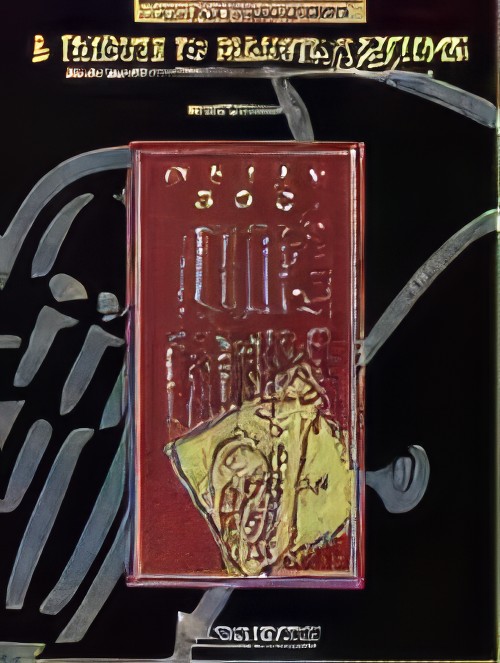 £60.99
£60.99MARVIN HAMLISCH, Tribute to (Concert Band) - Brown, Michael
The musical world celebrates the multi-faceted life achievements of Marvin Hamlisch as composer for stage and film, conductor, arranger, and entertainer. This well-paced tribute features some of his best-known works. Includes: They're Playing My Song; What I Did For Love; The Entertainer; The Way We Were; One.
Estimated dispatch 7-14 working days
-
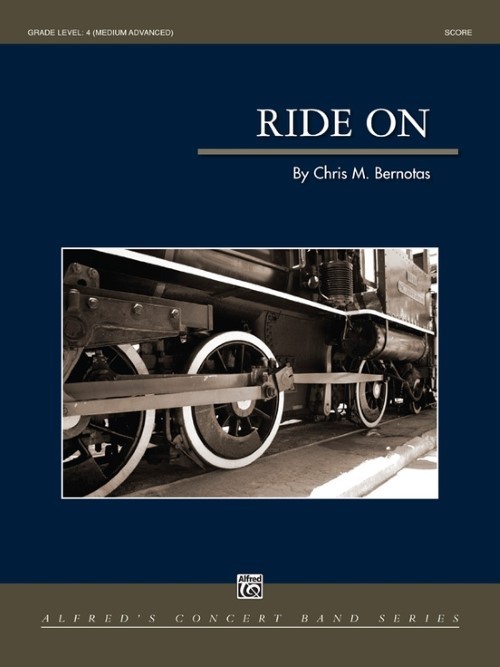 £73.50
£73.50Ride On (Concert Band - Score and Parts) - Bernotas, Chris M.
On May 10, 1869, the east and west coasts were linked by a golden spike in Promontory Point, Utah. The completion of the Transcontinental Railroad made cross country travel and the anticipated riches of the west accessible to the masses. Ride On celebrates the wonder and excitement of train travel. The journey begins with an exciting melody as we pull into stations along the way to explore new destinations, and then are back on track to enjoy the majestic views of the American landscape.Duration: 6.00
Estimated dispatch 7-14 working days
-
 £144.99
£144.99Scottish Dances - Peter Martin
Scottish Dances is based on three Scottish traditionals: Cock of the North, The Bonnie Bank's O'Loch Lomond and Marie's Wedding. I. Cock of the North's name is used for multiple things or events. For example for a locomotive to a famous, it seems, delicious liqueur, and rallies to snowboard competitions. Furthermore is "Cock O' the North " a nickname of a famous Duke. (The 4th Duke of Gordon). In this composition Cock of the North (a Jig) is a traditional Scottish bagpipe tune, regularly played on tattoos by Pipe Bands. Not infrequently the drummers sing the text. Auntie Mary, had a canary, Up the leg of her trousers While she was sleeping Iwas peeping Up the leg of her trousers. II. " The Bonnie Bank's O'Loch Lomond " is about a sad story that took place during an revolt against the British. In 1745 Bonnie Prince Charlie had to retreat. Two of his men were captured. One was convicted and executed, while the other was released. The spirit of the executed soldier would arrive in Scotland via the 'low road' (underworld) before his companion, who had still a long way to go. You'll take the high road And I'll take the low road And I'll be in Scotland afore ye But me and my true love will never meet again On the Bonnie Bonnie Banks of Loch Lomond III. In a Scottish wedding, after the official ceremonies, there is often danced. This is called a ceilidh. For this we use traditional Scottish music such as "Marie's Wedding '. Mid dance we go back to the church, where a lovely song in honor of the couple sounds. Marie's Wedding has been recorded by Van Morrison (among many others). Step we gaely, on we go, heel for heel and toe for toe Arm and arm and on we go, all for Marie's wedding
Estimated dispatch 7-14 working days
